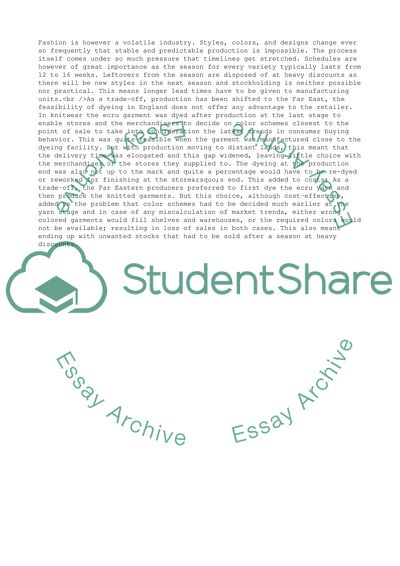Cite this document
(Managment Operation Case Study Example | Topics and Well Written Essays - 3000 words, n.d.)
Managment Operation Case Study Example | Topics and Well Written Essays - 3000 words. https://studentshare.org/management/1711257-operation-managment
Managment Operation Case Study Example | Topics and Well Written Essays - 3000 words. https://studentshare.org/management/1711257-operation-managment
(Managment Operation Case Study Example | Topics and Well Written Essays - 3000 Words)
Managment Operation Case Study Example | Topics and Well Written Essays - 3000 Words. https://studentshare.org/management/1711257-operation-managment.
Managment Operation Case Study Example | Topics and Well Written Essays - 3000 Words. https://studentshare.org/management/1711257-operation-managment.
“Managment Operation Case Study Example | Topics and Well Written Essays - 3000 Words”. https://studentshare.org/management/1711257-operation-managment.


